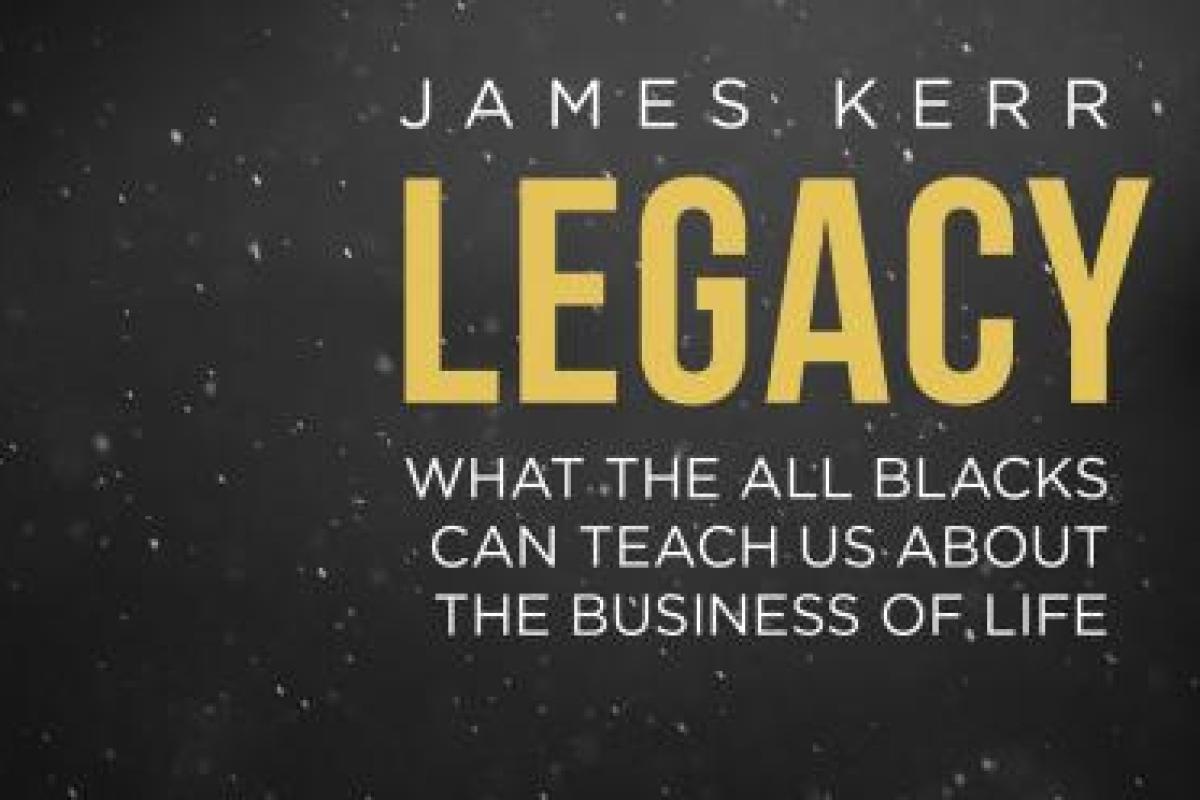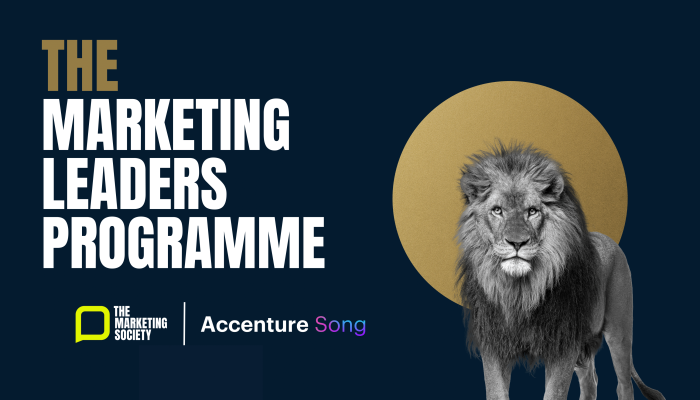When UFC fighter Conor McGregor knocked out Jose Aldo to win their UFC 194 fight in 2015, McGregor achieved something truly remarkable.
Yes, McGregor had beaten an opponent previously undefeated for over a decade. But it wasn't that.
Yes, McGregor ended the fight in 13 seconds - the fastest win in history. But it wasn't that either.
The truly remarkable thing about McGregor's win was that he had told the world beforehand how he was going to do it - wait for his opponent to ready a power-packed right-hand punch and get in first with a winning left hook. And that's exactly how it played out.
Winning, as it turns out, isn't about having the cleverest, most original strategy. It's about knowing yourself, watching and learning, formulating a plan, and then executing that plan to the letter. James Kerr’s book 'Legacy' tells another sporting story about a team who, like McGregor, know exactly what it takes to win - New Zealand's All Blacks rugby team.
Every All Blacks player is given a small leather book. The book sets out fifteen lessons in leadership - the First XV, one rule for each member of the team. These rules form the structure of ‘Legacy’. One of the most interesting things about these rules is that, in isolation, none of them are particularly new. Many of them will be familiar to anyone who has kept an eye on the business book bestseller charts in recent years.
But what is so heartening, and indeed fortifying, about these rules is the sure knowledge that their application has produced such a demonstrable effect on the performance of one of the world’s greatest sporting teams. The coaching staff from any of their opponents could, with a bit of luck, have produced a similar set of rules after a few hours study in their local library, and then fed them to their team. A fascinating question is, therefore - why didn’t they?
Well, according to the book, one big difference between the All Blacks and their rivals is their focus on team culture. After a heavy defeat in 2004, eight members of the All Blacks leadership team met for three days to discuss how they could forge a new, successful future together. One of their first realisations was the truism that ‘Better People Make Better All Blacks”. Once each team-mate better understood their own strengths and weaknesses - and how to handle them - they would have much stronger ground for true team culture to take root.
This effort to fix the foundations of the team - the individuals themselves - is, according to the book, what so many other teams miss. The All Blacks create people who are rounded in all aspects, rather than just focusing on people who perform well on the rugby pitch. If an individual feels grounded, supported, and able to be honest about themselves in front of their teammates, then they become the foundation of a winning squad - ready to learn. What’s more, they are then better equipped to be able to cope with responsibility off the pitch too. And, if an individual refuses to accept their shortcomings, another All Blacks rule - “No Dickheads” - will ensure a swift exit and replacement.
Solving the problems of the person to create a strong, self-aware individual at the beginning of the process, means that you can then overlay the individual tactics required to create success. This logical, linear process, echoed in the book’s structure, is to be applauded.
What’s more, by understanding and accounting for the individual personalities of team-mates, the All Blacks are better able to focus on execution. After all, according to the Japanese proverb (repeated in the book), “vision without action is a dream”. Many of the lessons in the latter half of the book - setting exceptionally high standards, honesty around underperformance, working under self-imposed pressure - centre on the attributes that drive excellence in execution in business; getting an unbeatable product out to market faster than anyone else.
So, how can you apply these lessons in your own team? One of the ways that the All Blacks ensured the planned transformation took hold was to make structural changes. These changes included giving team member’s individual responsibility for specific aspects of the plan - “passing the ball” - and then changing player’s weekly schedules to allow them to follow through on those responsibilities. Far too many teams leave in place the working practices of the past without considering how they will affect the successful execution of the strategy that will secure their future - not so for the All Blacks.
The All-Blacks have a saying - “leave the jersey in a better place”. This sense of legacy - or whakapapa (the build-up of layers of rock over time) - is vital to the All Blacks sense of purpose. By focussing the players on the bequest they are making to the players of tomorrow, it moves their attention away from the petty to a higher plain. Is your marketing team concentrating on improving your brand assets - or are they cashing in your brand heritage for short-term gains?
‘Legacy’ is a far better book than I had anticipated. Far from being the typical reverse-engineered generic cash-in that plagues the sport/business crossover market, it is an intelligent, inclusive and gripping account of how one of the most successful sporting teams of all time use a mixture of self-examination and discipline in order to stay one of the most successful sporting teams of all time.
This review was by Society writer John Newton.



